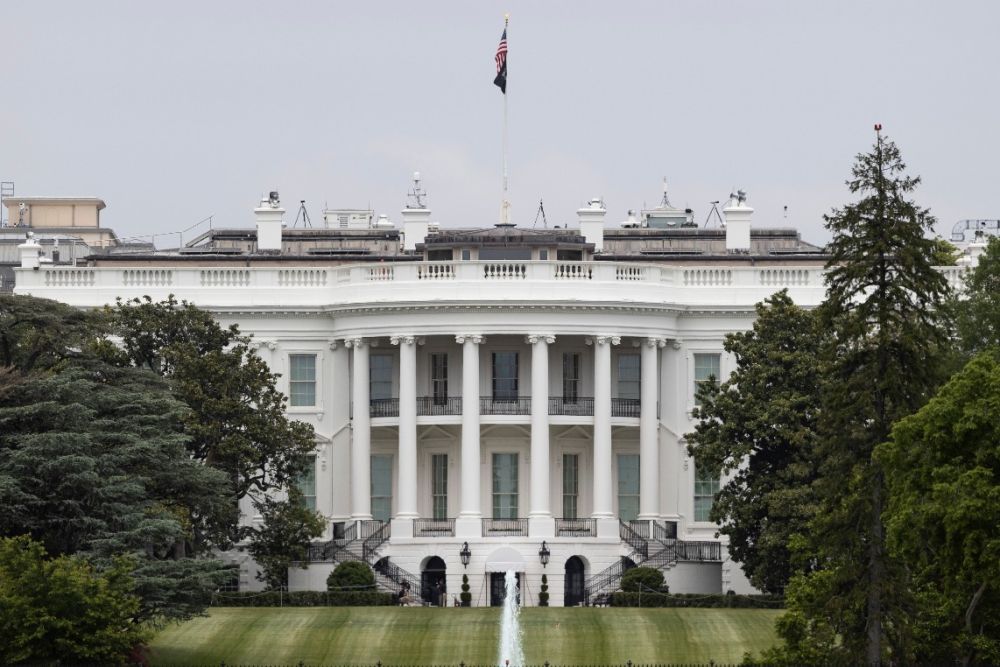Affected by the epidemic, enterprises’ optimism about the future prospects has weakened.
Early Thursday morning Beijing time, the Federal Reserve released the latest beige book of the economic outlook survey prepared by the Philadelphia Federal Reserve. The data was collected from 12 local federal reserves, and the deadline for collection is November 20. The report said that the U.S. economy remained moderately expanding, and the optimism of the future outlook of companies has weakened due to the impact of the epidemic.
Overview of the economic situation
Since the last beige book was published, the U.S. economy has maintained moderate expansion. Four jurisdictions described weak economic growth, and another five said that economic activity did not reach the pre-epidemic level in at least some areas. Three local federations in the Midwest noted that economic activity began to slow down in early November as COVID-19 cases surged.
By industry, the average growth rate of manufacturing, distribution and logistics, housing construction and home-to-home sales is higher than average, but the bank loan portfolio in many regions has deteriorated somewhat, especially commercial loans to retail, leisure and hotel industries, and the expectation of increasing arrears in debt in 2021 is higher. Lift.
Most local federations said that businesses remain optimistic about the economic outlook, but positive sentiment has weakened. Respondents cited the impact of concerns about the epidemic, such as mandatory restrictions (recent and future), expiring unemployment benefits and the impact of “suspended eviction orders”.
Employment and salary
Employment increases are reported in almost all regions, but for most regions, growth is slow and the recovery is still insufficient.
Companies continue to report difficulties in attracting and retaining workers, noting that the sharp rise in COVID-19 cases has led to more schools and factories to close, further exacerbating the problem of labor supply. In some areas, businesses worry that employment levels will decline in the winter before further recovery.
Despite hiring challenges, employees’ wages are increasing at a modest or moderate rate in most regions.
Prices
Most areas reported a slight increase in the prices of means of production and end products. The epidemic has affected the supply chain. Producers are understaffed and rising transportation costs are passed on to consumers.
Highlights of the Federal Reserve report in some areas:
Cleveland: Economic activity has increased moderately, and jobs have increased slightly. Supply chain constraints raise transportation costs and prices for certain building and manufacturing factors.
Richmond: The economy has recovered moderately, the real estate market has developed steadily, and the commercial real estate rental industry has improved. Port and truck traffic increased strongly, and manufacturing activities rebounded.
St. Louis: Economic activity deteriorated in mid-November, and the overall business outlook was slightly pessimistic.
Kansas: Economic activity continues to grow slightly. Consumer spending fell slightly in November, but it is expected to rebound in the future. Manufacturing, real estate, wholesale trade and transportation have maintained expansion, and agriculture has moderately improved.



